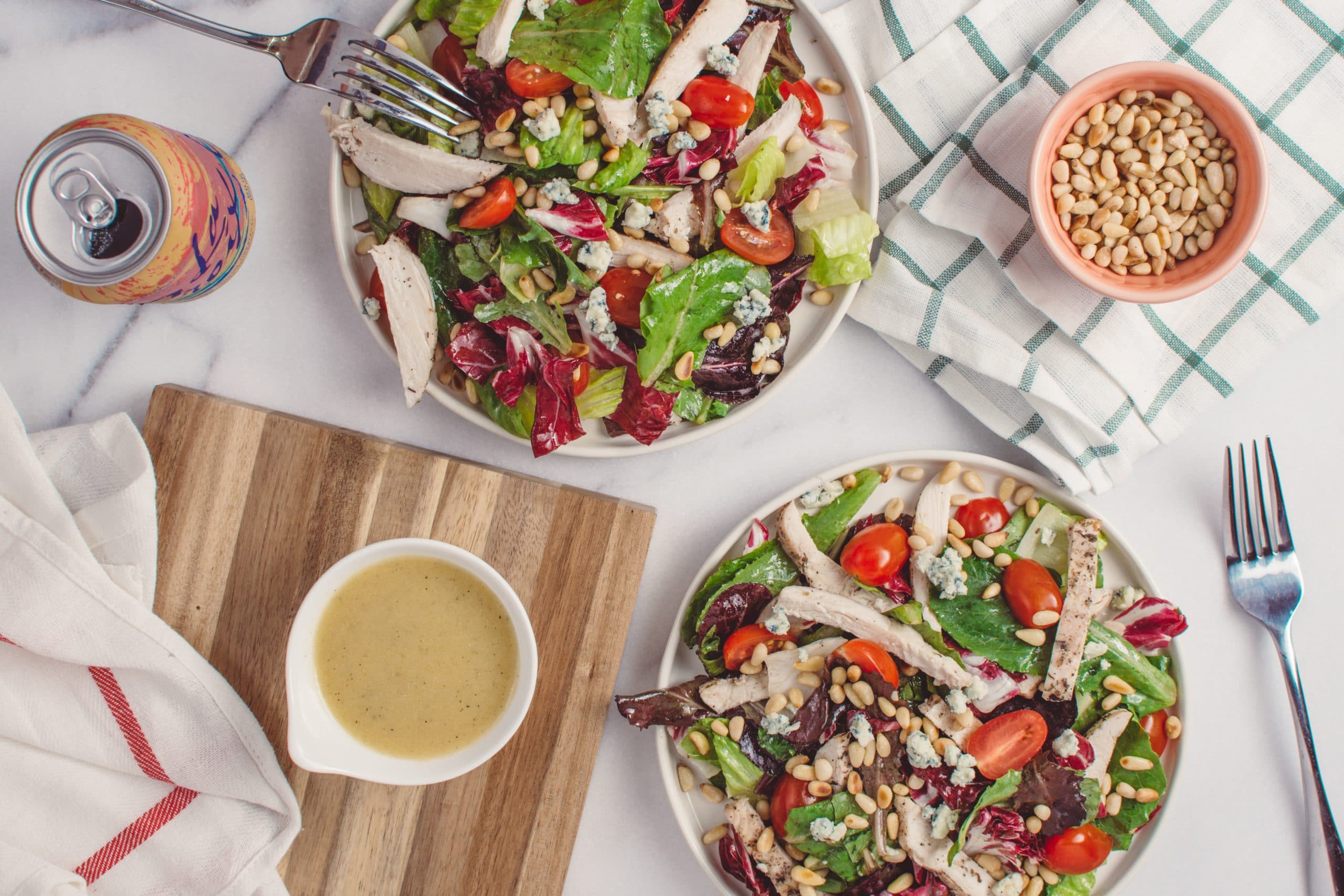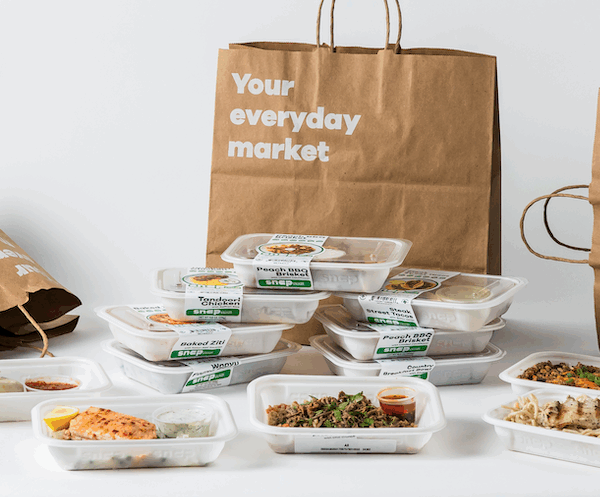Eating well for any health condition can be confusing, and diabetes nutrition is no exception. You’ll find diet recommendations that range from low carb to high carb, low fat to high fat. What does a diabetes-friendly meal look like? Today, our dietitian Sam will help you cut through the noise and outline the basics for managing your blood sugar and building diabetes-friendly meals.
The Basics of Diabetes Management
Whether it’s type 1 or type 2 diabetes, it’s all about keeping your blood sugar under control.
Here’s a quick primer on blood sugar. Whenever we eat carbohydrates, and to a lesser degree, protein and fat, it turns to glucose, or blood sugar, in our bodies. This blood sugar is then shuttled to our cells, where it can be used for energy or stored for later use. The body releases insulin to help that blood sugar into our cells.
In a healthy individual, this process goes off without a hitch. But only about 12 percent of Americans are metabolically healthy, meaning that most people have varying degrees of insulin resistance. Meaning that even as your body creates insulin to deal with the carbohydrates you’re consuming, the cells become deaf to the signal. They don’t want to open up and accept blood sugar in the same way they previously did, making your body release more, and more insulin.
What Contributes to Insulin Resistance?
To name a few: excess carbohydrates and sugar, a sedentary lifestyle, and high-stress levels. This is why one of the best lines of defense when it comes to managing blood sugar is being aware of and managing your carb intake.
And whether you’re metabolically healthy or not, balanced blood sugar has its benefits. For one, avoiding large blood sugar fluctuations can help you maintain steady energy throughout the day. Usually, if you eat a meal high in carbohydrates, your blood sugar will spike and then crash shortly after, leading to energy slumps. Slumps are often accompanied by high sugar food cravings since your body knows those will help bring your energy back up. Unfortunately, that then causes another blood sugar spike. The cumulative effect is a blood sugar roller coaster that leads to low energy and persistent cravings. Want to avoid this vicious cycle? Read on for the pillars of a balanced meal.
Four pillars of a diabetes-friendly meal
- Carb consumption – The most critical piece of the puzzle is keeping carbs relatively low, about 30g per meal. Options for nutrient-dense carb sources include sweet potatoes, white potatoes, squash, carrots, quinoa or other gluten-free grains, beans or lentils, and fruit. It’s best to keep this part of your plate to ~¼ or less.
- High protein – Equally important is adequate-protein, which helps keep you full and satisfied between meals. I usually recommend my clients get at least 30g, or 4oz, per meal. Options for protein include seafood, eggs (keep in mind that one egg is 1oz of protein), chicken, beef, pork, and wild game. While beans and other legumes have protein, they offer more carbs than protein, so it’s best to keep your portion relatively small—especially if you’re working to manage your carb intake.
- Veggies – And let’s not forget about non-starchy vegetables! These types of veggies are packed with nutrients and fiber and are an essential part of your plate. Aim to have about ½ your plate as non-starchy veggies. Options include broccoli, cauliflower, all leafy greens, zucchini, bell peppers, and more. Though these do have small amounts of carbs, the fiber helps keep your blood sugar balanced.
- Healthy fats – Not only is fat crucial for hormone and brain health, but it’s also fantastic at helping to keep blood sugar balanced. Fat impacts blood sugar the least and takes longer to digest than carbs, meaning that when you pair the two together, the carbs will naturally spike your blood sugar less. Talk about a win! Examples of healthy fats include extra virgin olive oil, avocado oil, olives, grass-fed butter or ghee, coconut oil, coconut products like canned coconut milk or unsweetened coconut flakes, full-fat dairy, and nuts and seeds. Aim for at least 1-2 servings of healthy fat at each meal.
I hope that this gave you some ideas for ways to build your diabetes-friendly meal. And remember, if you want to skip the shopping and prep and leave the diabetes-friendly cooking to us, our menu has got you covered! Both are low carb and keto-friendly meal plans that are great for those looking to balance their blood sugar levels.
**Disclaimer – this post is intended as general nutrition advice and is not intended as a diagnosis or treatment for your specific circumstances. Please consult a doctor before making any diet changes.





Leave a Reply
No Comments